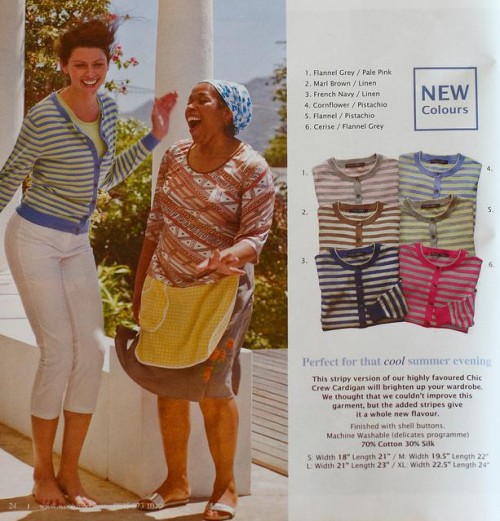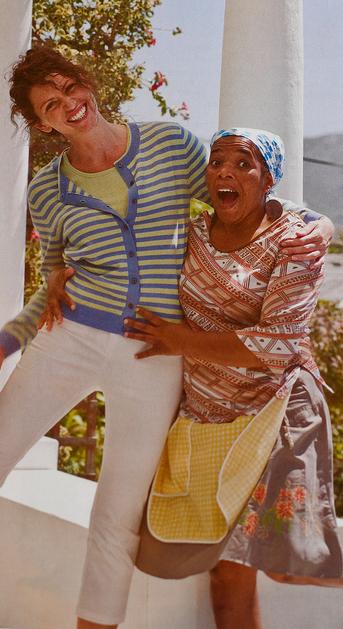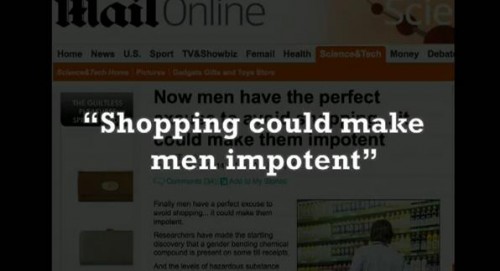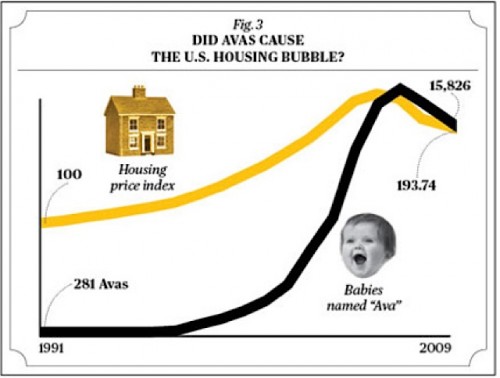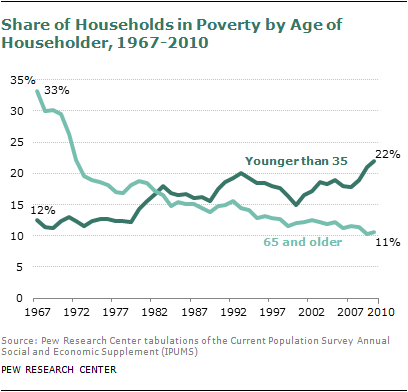Dolores R. sent in an infographic with various statistics regarding the superbowl. I thought this bit about food and drink consumption was especially great:
Lisa Wade, PhD is an Associate Professor at Tulane University. She is the author of American Hookup, a book about college sexual culture; a textbook about gender; and a forthcoming introductory text: Terrible Magnificent Sociology. You can follow her on Twitter and Instagram.




